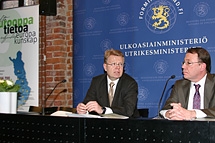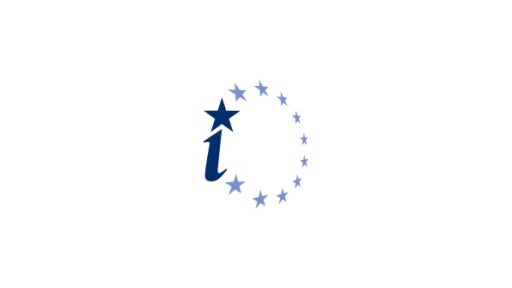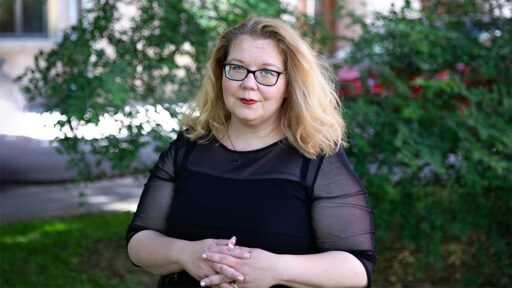EDA increasing the credibility of European defence preparedness
 “The European Defence Agency EDA may not be the most attractive subject in the field of defence policy, but it does enhance the status of the EU as an independent actor and, thanks to the agency, the defence policies of the Member States are becoming more integrated,” said Hanna Ojanen, Programme Director, The Finnish Institute of International Affairs, and co-writer of the book “The Integrating EU Defence – The European Defence Agency” (in Finnish: “EU:n tiivistyvä puolustus – Euroopan puolustusvirasto”) at the launch of the book on 26 February. Ojanen described the EDA as the initial phase of the EU defence integration.
“The European Defence Agency EDA may not be the most attractive subject in the field of defence policy, but it does enhance the status of the EU as an independent actor and, thanks to the agency, the defence policies of the Member States are becoming more integrated,” said Hanna Ojanen, Programme Director, The Finnish Institute of International Affairs, and co-writer of the book “The Integrating EU Defence – The European Defence Agency” (in Finnish: “EU:n tiivistyvä puolustus – Euroopan puolustusvirasto”) at the launch of the book on 26 February. Ojanen described the EDA as the initial phase of the EU defence integration.
“The book about the European Defence Agency EDA is as topical as can be, since Finnish Parliament is currently handling the Government’s Security and Defence Policy Report. In the report, the EU is described as our political mainstay,” Defence Minister Jyri Häkämies pointed out. Häkämies told that Finland has been actively involved in the EDA activities ever since its establishment and Finnish experts are well represented in the EDA positions. What the Minister hoped for from the EDA is increased long-term planning.
Duplication?
The audience wanted to know whether there is duplication in the operations of NATO and the European Defence Agency. Olli Ruutu, one of the writers, admitted that there is some duplication, but efforts are being made to avoid it. The objective of the EDA is expressly to save the resources of EU Member States by preventing duplication of activities in the field of defence policy.
The audience was also interested in how to secure Finnish know-how within defence industry. Henrik Nordell, Secretary General, Association of Finnish Defence and Aerospace Industries, pointed out that Finland has special expertise. He also emphasised the importance of innovativeness. It is important for the Finnish industry to be involved in EDA research projects.
What does the EDA do?
In the book “The Integrating EU Defence – The European Defence Agency”, the writers Erkki Aalto, Sanna Laaksonen, Hanna Ojanen, Olli Ruutu and Teija Tiilikainen present the operations and goals of the European Defence Agency. The EDA was originally established with an aim to deepen the security and defence policy cooperation, the key area of the European Security and Defence Policy, which has taken major steps forward in recent years. The purpose of the book is to make the defence cooperation that can otherwise be found difficult to fathom more approachable to people.
The European Defence Agency EDA was established in 2004. In addition to its main mission, the military capability development of the EU, the EDA concentrates on defence-related research and the development of defence materiel markets. It is outlined in the Government’s new Security and Defence Policy Report that the EDA is Finland’s primary European channel in international defence materiel cooperation.
The book “The Integrating EU Defence” is available free of charge at the customer service points of Europe Information’s regional offices. In the Internet, it is available on the Europe Information website at www.eurooppatiedotus.fi under “publications”, from where it can also be ordered for delivery by post.
“Turpo auki” discussion sessions
On 10 March, Foreign Minister Alexander Stubb will open a series of public discussions on security policy in Helsinki. Organised by Europe Information, the series of discussion sessions touring around the regions of Finland will estimate how the recently drawn up Government’s Security and Defence Policy Report will be able to meet future challenges. The first “Turpo auki” event in the series will be organised on 10 March in the premises of University of Helsinki. Additional information about the discussion sessions can be found on the Europe Information website.


